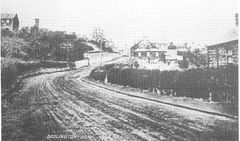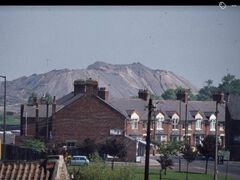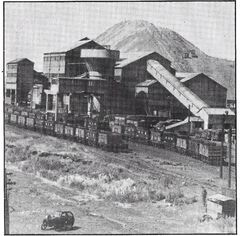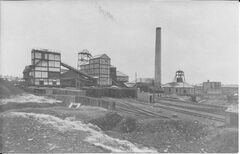
James
Members-
Posts
210 -
Joined
-
Last visited
-
Days Won
51
Content Type
Forums
Gallery
Events
Shop
News
Audio Archive
Timeline
Everything posted by James
-
-
-
-
The following is an extract from the book “Leisure and Recreation in a Victorian Mining Community” by Alan Metcalfe ……….. …….”this, is illustrated vividly by the history of the Bedlington hoppings which were held for three days every Whitsuntide from sometime in the seventeenth century.72 The focal point of the three days of festivities was the Front Street and the adjacent side streets. The Hoppings attracted commercial attractions from outside Bedlington. The streets were filled with "numerous swing boats, galloping horses, shooting galleries, cocoa nut stalls, ice creamers, hokeypokeyites, Jaffa orange vendors, ginger bread stalls'.73 Over the years menageries, circuses, theatres, boxing booths and a variety of other entertainments visited the hoppings. However, changes began to appear in the 1860s and it was in the athletic events that changes were to be observed, In the I850s the programme consisted of a variety of footraces, three-legged races, old men's races, tilting the bucket and climbing the greasy pole for a leg of mutton, Over the next 5O years they became more "athletic' with the 120 yard handicap becoming the premier event. However, there were some things that did not change: the central role of the innkeepers and tradesmen in organizing and sponsoring the events. They were, from the outset, commercial enterprises. However what is most significant is that real lack of change in the location, Despite efforts from the police in the 1890s to remove racing from the Front Street and the various attempts to introduce alternative sports, the basic form of the hoppings remained unchanged, They provide a salutary lesson on the power of tradition in the mining communities” …………
-
-
Vulcan Place - Northumberland Arms at top of the street.jpg
James posted a gallery image in Historic Bedlington
From the album: Old Photos of Bedlington 2
-
Vulcan Place - Foggon's chemist on left, Northumberland Arms on right.jpg
James posted a gallery image in Historic Bedlington
From the album: Old Photos of Bedlington 2
-
From the album: Old Photos of Bedlington 2
-
From the album: Old Photos of Bedlington 2
-
From the album: Old Photos of Bedlington 2
-
From the album: Old Photos of Bedlington 2
-
From the album: Old Photos of Bedlington 2
-
From the album: Old Photos of Bedlington 2
-
From the album: Old Photos of Bedlington 2
-
From the album: Old Photos of Bedlington 2
-
From the album: Old Photos of Bedlington 2
-
From the album: Old Photos of Bedlington 2
-
From the album: Old Photos of Bedlington 2
-
From the album: Old Photos of Bedlington 2
-
From the album: Old Photos of Bedlington 2
-
From the album: Old Photos of Bedlington 2
-
From the album: Old Photos of Bedlington 2
-
Pit Heap behind Beech Grove - Coffin Chapel on right
James posted a gallery image in Historic Bedlington
From the album: Doctor Pit and Rows
Pit Heap behind Beech Grove – Coffin Chapel on right. -
From the album: Doctor Pit and Rows
This shows the new washer that was constructed at the Aad pit in the 1940’s to treat coal from both Bedlington A and the Doctor Pit. The heap produced from this washer was landscaped and is now Gallagher Park. -
From the album: Doctor Pit and Rows
This photo shows the coal washer that was in use at the Doctor Pit until the 1940’s. The waste material from this washer formed the pit heaps around the Doctor Pit (now rehabilitated and covered in trees.) This was a fantastic adventure playground for the kids in the area. There was what would be known today as a BMX track – we called it a “scrambler track”. Sliding down the heaps on a piece of conveyor belt or corrugated iron sheet was also popular. Much of the heap was still burning so you had to make sure you didn’t end up falling into a section that was still smouldering. Health and Safety was not such a big thing then and you had to carry out your own risk assessment before heading out to the heaps! There was also a pedestrian tunnel went under the heaps and railway line known as the “cundy” and this could be a bit scary for a kid.

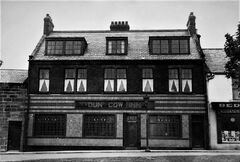

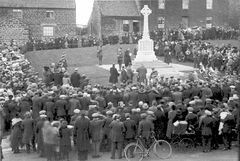
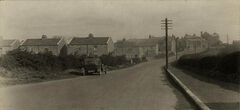
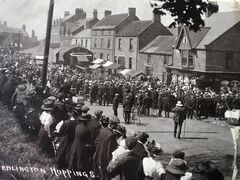
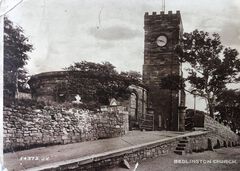
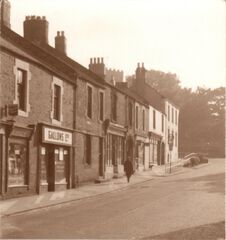
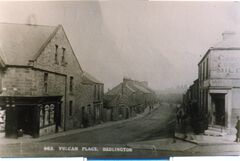
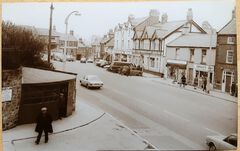
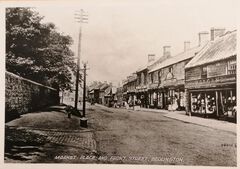
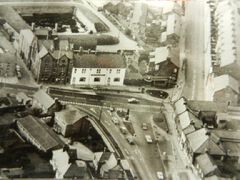

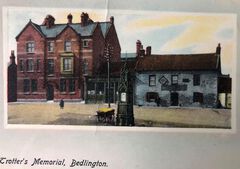
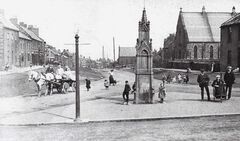
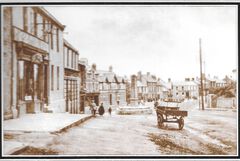
.png.5a3d715c209f2ba9c30114105a16c0ba.png)
2.jpg.e49b3cb4844a0afa1727fe53d5acabcd.jpg)
